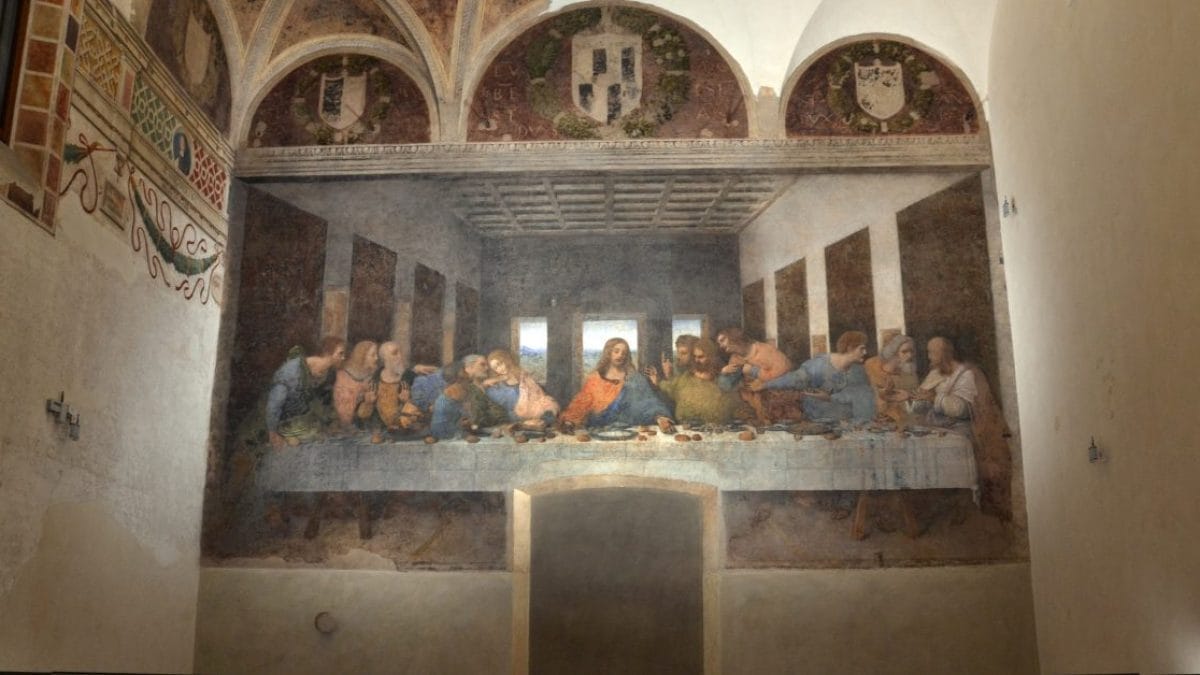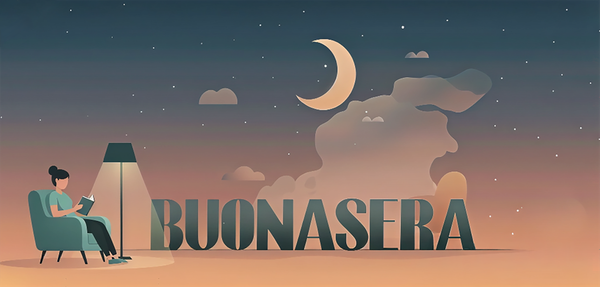Capolavoro
NOUN [masculine]
Meaning and English translation 🔖
Masterpiece
🇬🇧 It refers to a work of outstanding artistry, skill, or workmanship. It is often used to describe a piece of art, literature, or music that is considered an artist's greatest work or a significant contribution to a field.
It can also be used ironically to describe something of very poor quality or a badly executed activity.
🇮🇹 Si riferisce a un’opera di straordinaria maestria, abilità o artigianato. È spesso usato per descrivere un’opera d’arte, letteraria o musicale considerata il capolavoro di un artista o un contributo significativo a un determinato campo.
Può anche essere usato in senso ironico per descrivere qualcosa di scarsa qualità o un’attività realizzata in modo pessimo.
| Masculine ♂️ | Feminine ♀️ | |
|---|---|---|
| Singular | il - un capolavoro | - |
| Plural | i - dei capolavori | - |
Example sentences 💬
Il film Ladri di Biciclette è il capolavoro di Vittorio De Sica.
The movie Ladri di Biciclette is Vittorio De Sica’s masterpiece.
La Pietà di Michelangelo è un capolavoro.
La Pietà by Michelangelo is a masterpiece.
Hai fatto proprio un capolavoro… (ironico)
You did a disaster… (ironic)
I Nuraghi sono dei capolavori di pietra.
Nuraghes are stone masterpieces.
Gli Uffizi contengono dei capolavori unici.
The Uffizi contains unique masterpieces.
This article is brought to you by Giulia School, where you can learn Italian the natural way—with real conversations and passionate teachers guiding you every step of the journey. It’s the closest thing to immersion you can get without living in Italy. Click here to learn more.
Where does the word capolavoro come from? 🔎
Capolavoro is the combination of the words capo (head / extremity) and lavoro (work / job). It was first documented in Italy in the 18th century, meaning an artist's finest work.
It derives from the much older French phrase "chef d'oeuvre," adopted in the Middle Ages within the context of guild regulations. Once an apprentice completed their training in a master's workshop, they were often required to create a "chef d'oeuvre" to demonstrate their competence and gain membership in the guild. This successful completion allowed them to practice their craft as a full-fledged master.
Over time, the term came to signify any outstanding work of art characterized by exceptional skill and artistry.
Did you know that... 🤓
Impress your italian friends with curious facts about Italy and its culture

On May 28, 1999, after a meticulous restoration process that spanned over two decades, Leonardo da Vinci's capolavoro "The Last Supper" was unveiled to the public. Here are five curiosities with your friends:
- Contrary to popular belief, L’Ultima Cena is not a fresco. It was created using a unique technique: a wall painting on plaster in tempera grassa—an emulsion of egg yolk and a drying oil. This technique led to rapid and evident deterioration, as early as 20 years after its creation, Vasari wrote, "You can no longer see anything but a dazzled spot."
- Have you noticed that Jesus is missing his legs? In Federico Borromeo's time (early 17th century), when it was already believed that the painting had been irretrievably lost, a copy was made, now in the Pinacoteca Ambrosiana. Perhaps because the work seemed lost, the friars, without much ado, opened a door at the base of the painting, thereby cutting off Jesus’s legs.
- Spilling salt is considered to bring bad luck in Italy, but what does it have to do with Leonardo's masterpiece? In the third book of the Bible, salt was considered a symbol of the bond between God and humanity. Judas (the fourth from the left), with an abrupt movement of his right arm—the one clutching the bag with the denarii—knocks over the salt shaker. In doing so, Judas rejects the divine Covenant.
- When the French troops entered the gates of Milan in 1796, Napoleon immediately went to visit the Refectory: he ordered the room to be closed to preserve the work, but a general who had not heeded the command had the door of the refectory broken down and used it as a stable.
- Due to the rapid deterioration of the work, caused mainly by the fine dust that visitors bring with them, access to "The Last Supper" is currently limited to 1,300 visitors per day, 18 every 15 minutes. Therefore, book your ticket in advance through the official channels → https://www.lastsupper.shop/it/





